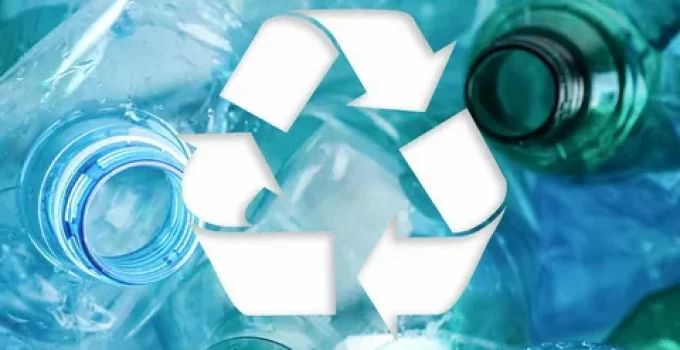Public worry about plastic waste has reached a crisis point making governments adopt decisive responses. Worldwide governments support the plastic tax as a strategy that imposes fees against manufacturers using non-recycled plastic for packaging material. The plastic tax serves dual purposes as a penalty and a catalyst for innovation in curbing plastic pollution effects on the environment. Multiple businesses across industries conduct product packaging transformations while discovering eco-friendly package options along with implementing progressive solutions.
This article analyzes how the plastic tax reform gives shape to packaging innovations while leading enterprises toward sustainable packaging options.
Understanding the Plastic Tax
The plastic tax functions as an official tool targeting reduction of single-use plastic usage in society. Manufacturers throughout the world face taxation requirements for plastic packaging materials that use minimal recycled ingredients regardless of implementation differences between nations. Far-reaching financial challenges resulting from this tax push business organizations towards adopting environmentally-friendly plastic alternative solutions. The regulatory transition requires businesses to perform environmentally-friendly practices and simultaneously maintain regulatory compliance alongside affordable production costs as a competitive driving force.
Driving Forces of Innovation
- Shift Toward Recyclable and Compostable Materials
Businesses continue to step up their research for completely recyclable, biodegradable and compostable materials because of the new plastic tax regulation. The popularity of bioplastics continues to rise because they are made from raw materials such as corn starch and sugarcane and algae. Packaging innovation houses develop mushroom-based foam together with seaweed films and molded pulp along with other new materials to replace traditional plastic packaging.
- Redesigning Packaging for Circularity
The continual reuse of products while preserving materials remains at the core of packaging design according to the circular economy model. Companies are redesigning packaging through a complete transformation of both material choices and package structure and operational capabilities. Manufacturers increasingly adopt simplified packaging methods and reusable containers in addition to single-component materials which facilitate recycling.
- Collaborations and Industry Partnerships
Many brands team up with packaging startup companies and sustainability alliance groups in order to meet regulatory needs and foster innovation. These alliances provide organizations with innovative modern technologies and give them opportunities for joint research and development. Beverage companies collaborate with material science firms to produce entire plant-derived bottles.
- Digital Technologies and Smart Packaging
Technology-based solutions such as smart packaging appear as an answer to the plastic tax and the broader sustainability objectives. The combination of digital watermarks and blockchain with QR codes lets organizations track their packaging through its entire lifecycle thus helping waste reduction efforts. Through these tools businesses gain transparency which enables them to demonstrate their environmental commitments to environmentally aware consumers.
Impact on Businesses and Consumers
The plastic tax’s financial effects force businesses to analyze their distribution systems starting from raw materials up to final production stages. Businesses investing in sustainable packaging projects at first may face high costs but will achieve cost savings in the future even as they build consumer devotion and market share dominance. Customers actively join forces with this movement.
The plastic tax is more than a government-imposed penalty—it’s a spark for innovation. As regulations tighten and consumer demand for sustainability grows, the companies that innovate today will be the leaders of tomorrow. The future of packaging is green—and the plastic tax is helping pave the way.




